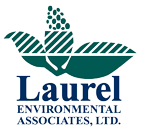LAUREL ENVIRONMENTAL ASSOCIATES, LTD.
53 West Hills Road,
Huntington Station, NY 11746
(800) 453-0578
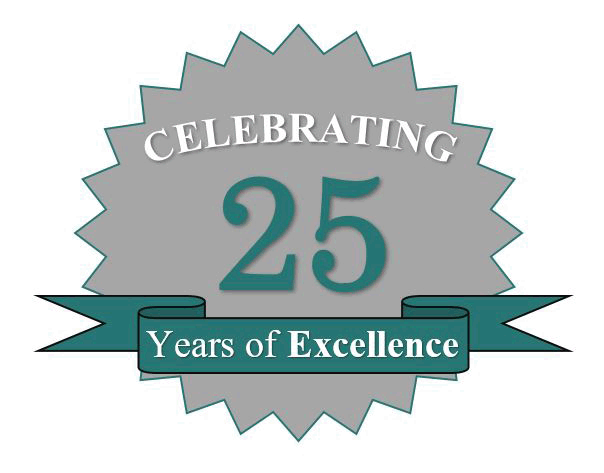
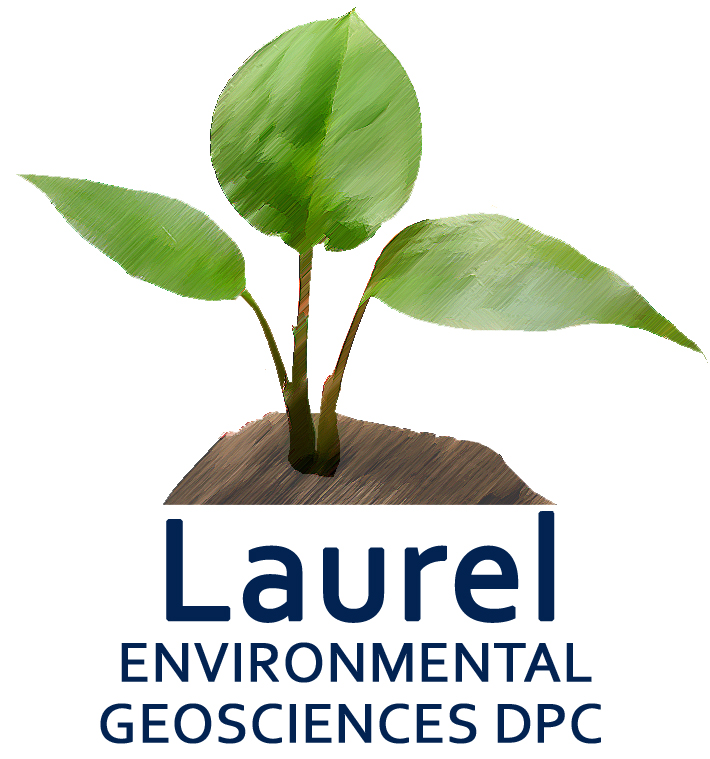
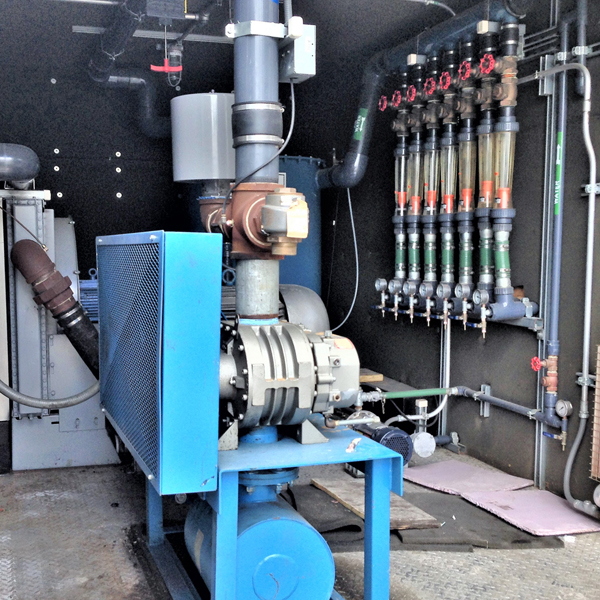
Soil and Groundwater Remediation Case Study
Using Geoprobe™ and sampling equipment, Laurel collected soil and groundwater samples in the vicinity of two former 10,000-gallon #6 fuel oil underground storage tanks (USTs) at a large Brooklyn apartment building. The tanks had been previously removed and a New York State Department of Environmental Conservation (NYSDEC) Spill was activated when contamination was found in the excavation. The spill had been deactivated and then later reactivated by the state agency. The property owner retained Laurel to assist in providing the NYSDEC satisfaction with the additional study. Laurel's team of Geologists found that significant petroleum contamination remained and that prior remedial efforts were insufficient. The NYSDEC required remedial corrective action.
Due to the viscosity of #6 fuel oil, which is similar to tar balls, Laurel decided the most cost effective remedial plan called for removal, transport, and proper disposal of impacted soils. Since the contamination began at approximately four feet below grade, the clean overburden soils were removed and set aside for re-use as backfill. When the contaminated layer was encountered, the impacted soils were removed to a final depth of two feet into the water table, approximately eight feet below grade, and disposed of at an approved recycling facility. A pump truck and absorbent booms were utilized to recover free product from the excavation. Confirmatory endpoint soil samples were collected and analyzed to determine the extent of residual contamination. The excavation was then backfilled and two product recovery wells were installed.
The recovery wells were inspected monthly for six months and had to be pumped free of product only twice. Since Laurel was successful in removing the majority of the contamination during the soil removal, the spill was removed from active status within six months.
Services Include:

review of federal, state and local databases
determine if the subject site or any sites up to a one mile radius of the subject site are listed

A site specific study
of the pertinent geologic, hydrogeologic conditions and hydrologic data found at the site

Written report of findings
clearly lay the groundwork for additional study, if warranted.
If contamination is discovered, LAUREL can design and optimize an economical mitigation plan that is environmentally sound. In some cases, early implementation of a proactive remedial strategy will permit a property transaction to move forward while a clean-up is in progress.
Phase II Soil / Groundwater Testing
When there is suspicion of contaminated soil or contaminated groundwater at a site, sampling and analysis must be completed to confirm the presence or absence of the suspected contaminants. This is achieved through the installation of groundwater monitoring wells and sampling of soil from cores.
The validity of the results obtained through this sampling relies heavily on the proper placement of monitoring wells and soil borings, though the placement is largely subjective. It is therefore important for a highly skilled scientist to conduct research on site history and visual reconnaissance in formulating a plan, and final decision of proper placement of the monitoring wells and borings to obtain relevant samples.
Whenever possible, LAUREL makes every effort to limit costs, damage to property and especially disruption of business, through the use of the latest state of the art drilling and sampling equipment available.

DATA COLLECTION
Correct media sampling methods are just as important as proper well installations and sampling point decisions. Utilizing the correct sampling equipment and decontamination techniques, LAUREL ensures that no cross contamination has occurred. Without exception, only properly trained and certified staff collect samples.
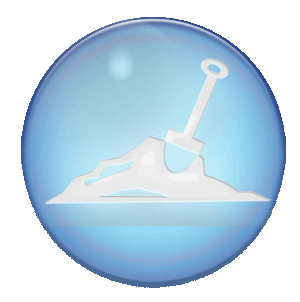
SOIL BORINGS AND MONITORING WELL INSTALLATIONS
When there is suspicion of contaminated soil or contaminated groundwater at a site, sampling and analysis must be completed to confirm the presence or absence of the suspected contaminants. This is achieved through the installation of groundwater monitoring wells and sampling of soil from cores.
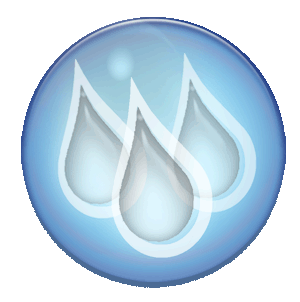
GROUNDWATER/SOIL SAMPLING AND ANALYSIS
Groundwater depths and product thicknesses are determined using an oil/water interface probe. Wells are developed using a bladder pump, to a turbidity (a measure of the silt present in water) of 50 nephelometric units (NTU's), or less to ensure proper hydraulic connection with the surrounding aquifer.
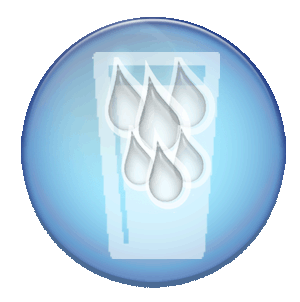
DRINKING WATER SAMPLING AND ANALYSIS
Lorem ipsum dolor sit amet, at duo affert homero incorrupte, vis eripuit accusata ut, wisi reprehendunt cum in. Te facete accumsan quo. Simul dolor eos te, ad possit adipiscing pri.
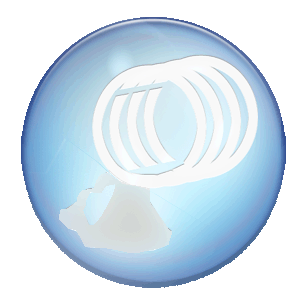
SLUDGE
SAMPLING
LAUREL has found that septic systems, and industrial and storm water leaching pools are often receptors of significant contamination at any given property. By design, these systems leach as much water as possible into the ground.
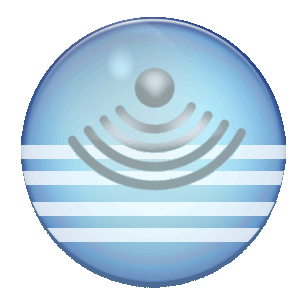
GEOPHYSICAL SURVEYS
LAUREL conducts geophysical surveys to aid in the discovery of underground storage tanks, buried drums, fill material, unexposed drywells and large scale subsurface hydrocarbon contamination with no excavation or drilling necessary.
BROWNFIELD REDEVELOPMENT
When there is suspicion of contaminated soil or contaminated groundwater at a site, sampling and analysis must be completed to confirm the presence or absence of the suspected contaminants. This is achieved through the installation of groundwater monitoring wells and sampling of soil from cores.
The validity of the results obtained through this sampling relies heavily on the proper placement of monitoring wells and soil borings, though the placement is largely subjective. It is therefore important for a highly skilled scientist to conduct research on site history and visual reconnaissance in formulating a plan, and final decision of proper placement of the monitoring wells and borings to obtain relevant samples.
Whenever possible, LAUREL makes every effort to limit costs, damage to property and especially disruption of business, through the use of the latest state of the art drilling and sampling equipment available.
MORE ENVIRONMENTAL SERVICES
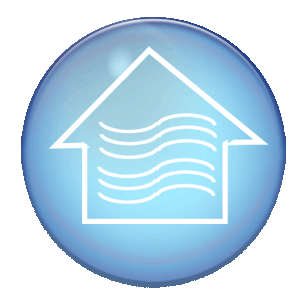
Indoor Air Quality Studies
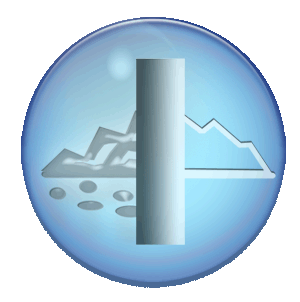
Soil / Groundwater Remediation
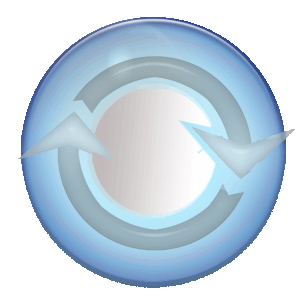
Brownfield Redevelopment
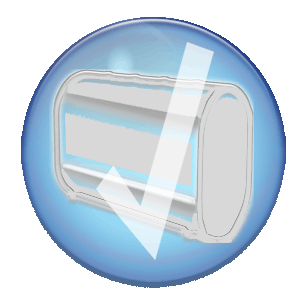
Tank Removal, Installation, Testing, Design and Permitting
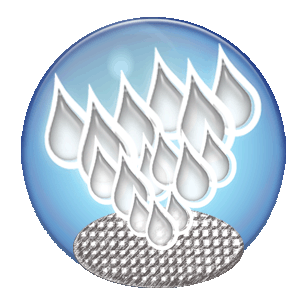
Underground Injection Control (UIC) Program
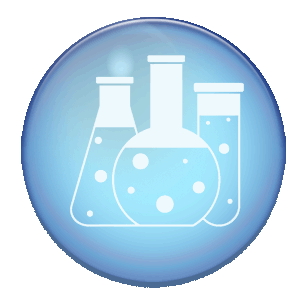
Lead and Asbestos Testing and Operations and Maintenance (O & M) Programs
Contact Us
© 2019 Laurel Environmental Geosciences D.P.C.
Website by Factxback.com Websites and Videos
